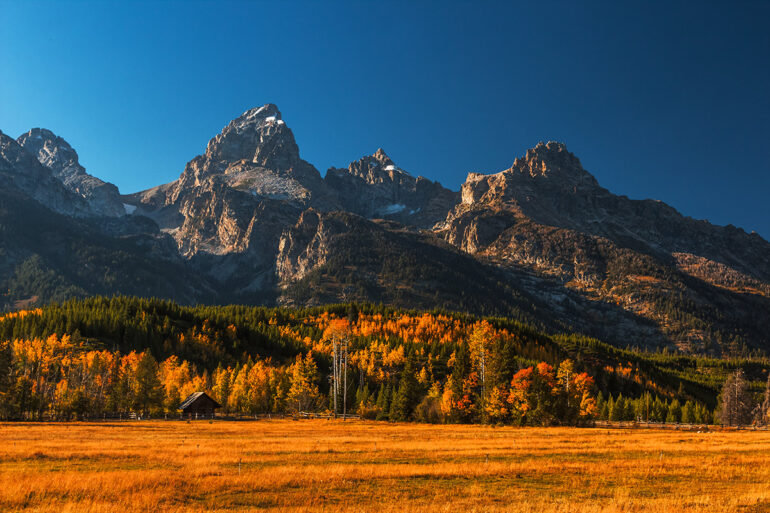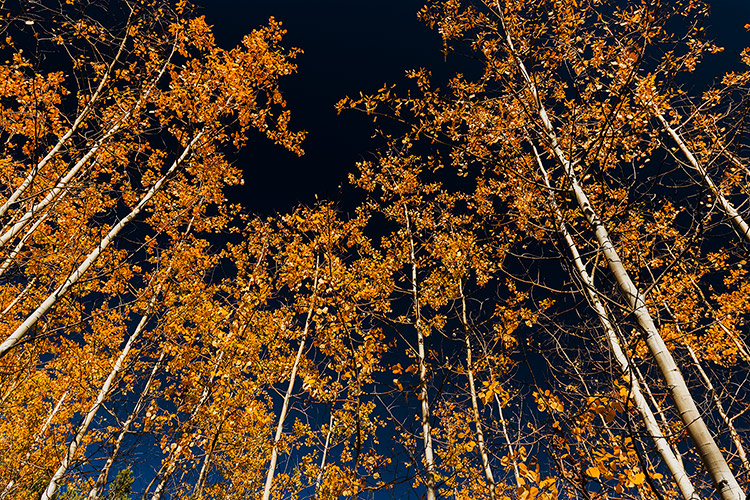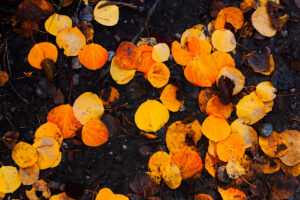We may earn a commission when you purchase through affiliate links. Learn more.
Do you feel a change in the air? Fall is here, and even though the days are shorter and the air a bit cooler, there’s no time like autumn to photograph amazing foliage as the leaves begin to change colors.
Which Trees Change Colors in the Fall?
Deciduous trees — aka, trees whose leaves fall off every year are the ones whose foliage change colors as chlorophyll levels drop in the fall during shorter days and cooler weather. Some of the best colors can be found in forests containing these trees: cottonwood, aspen, oak, sassafras, maple, beech, poplar, birch, hickory, ash, sumac, dogwood, and sweetgum.
 So How Do You Photograph the Fall Colors?
So How Do You Photograph the Fall Colors?
1. Shoot RAW if your camera supports it
Many cameras (and even some cameraphones) these days offer RAW image capture, including many smaller cameras like the Canon G7X II and Sony RX100 IV.
You’ll see this advice in a lot of the tip guides here on ItsJustLight, and that’s because it’s a tip that’s worth repeating! When you shoot JPEG, you end up with a much smaller file and that’s because lots of image data is being discarded and your camera is making decisions about important things like white balance, contrast, vibrance, noise reduction, sharpness, and many other factors.
When you shoot RAW, you get to digitally “develop” the images you take and make these modifications yourself. Having a RAW file also gives you the ability to recover some details in dark shadows and bright highlights that would otherwise be lost. This can really come in handy when taking photos on an overcast fall day, when it’s very easy to overexpose the sky and underexpose the landscape.
2. Do some digital location scouting
Driving around hunting for the perfect colors is definitely one option, but you can help plan your fall foliage photography outing by browsing image sharing websites like Instagram and Flickr to see how the autumn colors are developing.
3. Don’t let the gray keep you away
Depending upon your location, fall weather brings a mixture of both clear, dry days with deep blue skies and gray, overcast days that can look pretty gloomy. Don’t despair on those gloomy days though, because the thick layer of low-hanging cloud cover actually helps to provide nice even lighting conditions in the forests.
 4. Be detail oriented
4. Be detail oriented
We all know that big landscape shots of bright orange, red, and yellow trees ablaze with color are sure to impress. Definitely do your best to get some of those shots, but don’t forget to look down at the ground below your feet and zoom in on some of those equally colorful details. You’ll find a whole autumn world just waiting do be discovered on the forest floor, where those vibrant, just-fallen leaves contrast with the soil.
5. Boost the vibrant colors with a polarizing filter
A polarizing filter can help do several things, including cutting the sun’s glare and reducing reflections on water and glass, improving color saturation and contrast, and helping to darken the sky when taking photos at about a 90° angle from the sun’s position in the sky.
You’ll find that circular polarizing filters come in an array of filter thread sizes and need to be turned until the desired effect is achieved.
6. Shoot during the golden hour
That time shortly after sunrise and before sunset when everything is drenched in the warm, golden glow of the low-hanging sun — that’s the golden hour! If you think the colors of fall are vibrant normally, just wait until that warm golden hour light hits them and watch as the foliage seems to burst with firey hues.


 So How Do You Photograph the Fall Colors?
So How Do You Photograph the Fall Colors? 4. Be detail oriented
4. Be detail oriented